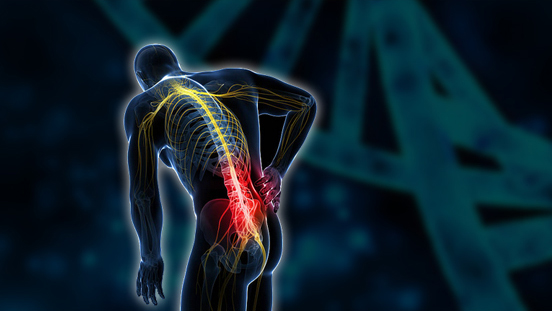Lunasin & Inflammation
 What sets lunasin apart from other dietary ingredients is that research has shown it disrupts the inflammatory response in multiple ways. Because inflammation is such a complex process, it needs to be attacked from multiple angles.
What sets lunasin apart from other dietary ingredients is that research has shown it disrupts the inflammatory response in multiple ways. Because inflammation is such a complex process, it needs to be attacked from multiple angles.
- Lunasin acts as an anti-oxidant, so it can intercept some of the free radicals that are floating around before they even set off an immune response.
- Researchers at the University of Illinois have proven that lunasin also blocks some of the specific receptor sites on the cell walls to prevent the inflammatory pathway from being activated.
- Finally, lunasin can stop the NF-kB protein components from entering the nucleus, where it can interact with the DNA to turn on the inflammatory cycle.
What’s so bad about inflammation?
The current understanding of chronic disease is pointing to inflammation as the central theme to many of the degenerative conditions that are all too common in the majority of family health histories. But, it is important to understand that inflammation is an essential and beneficial response that is vital to our immune function!
There are two distinctive types of inflammation.
Acute inflammation is how our bodies react to something foreign, like viruses and bacteria, allergens, and trauma. When the foreign invader is no longer a threat, the inflammatory response should return to its healthy state of being ready, but not being active. Acute inflammation is an important immune response that protects us from infection and repairs tissues following injury. It is short lived because the stimulus that started it in the first place is no longer present. The immune system has done its job of destroying the pathogens and healing the damaged tissues that set the original response in motion. The stimulus is gone and the inflammatory response subsides.
Unfortunately, many of the environmental signals that trigger inflammation are continuous threats that keep the immune system functioning at a low level for a long period of time, leading to chronic inflammation. This is a low-grade, systemic condition that often doesn’t have any obvious symptoms, however, it is slowly destroying tissues and over time leads to serious damage. Chronic inflammation is a vicious self-perpetuating cycle.
The key difference with chronic inflammation is that the stimulus, the environmental trigger, never really goes away. Our current culture and lifestyles are full of inflammatory triggers that we experience day after day, week after week, and year after year, so the cycle of inflammation perpetuates itself over a long period of time and ultimately contributes to disease.
The environmental/lifestyle triggers include obesity, poor diet, sedentary behaviors, stress and environmental toxins, like smoking or occupational exposures. These triggers generally aren’t removed easily or quickly, so the cycle continues. Continuous inflammation breaks down tissues and organs, contributing to the development of chronic diseases like cardiovascular disease, Alzheimer’s, cancer, type II diabetes, arthritis and auto-immune disorders.

Lunasin’s Inflammation Research Studies
- Lunasin alleviates allergic airway inflammation while increases antigen-specific tregs.
- Lunasin inhibits cell proliferation via apoptosis and reduces the production of proinflammatory cytokines in cultured rheumatoid arthritis synovial fibroblasts.
- Endocytic mechanism of internalization of dietary peptide lunasin into macrophages in inflammatory condition associated with cardiovascular disease.
- Food Derived Bioactive Peptides on Inflammation and Oxidative Stress.
- RGD-peptide lunasin inhibits Akt-mediated NF-κB activation in human macrophages through interaction with the αVβ3 integrin.
- Antioxidant and anti-inflammatory properties of cancer preventive peptide lunasin in RAW 264.7 macrophages.
- Lunasin and lunasin-like peptides inhibit inflammation through suppression of NF-kappaB pathway in the macrophage.
- Isolation, purification and characterisation of lunasin from defatted soybean flour and in vitro evaluation of its anti-inflammatory activity.
- Bowman-Birk inhibitor and genistein among soy compounds that synergistically inhibit nitric oxide and prostaglandin E2 pathways in lipopolysaccharide-induced macrophages.
